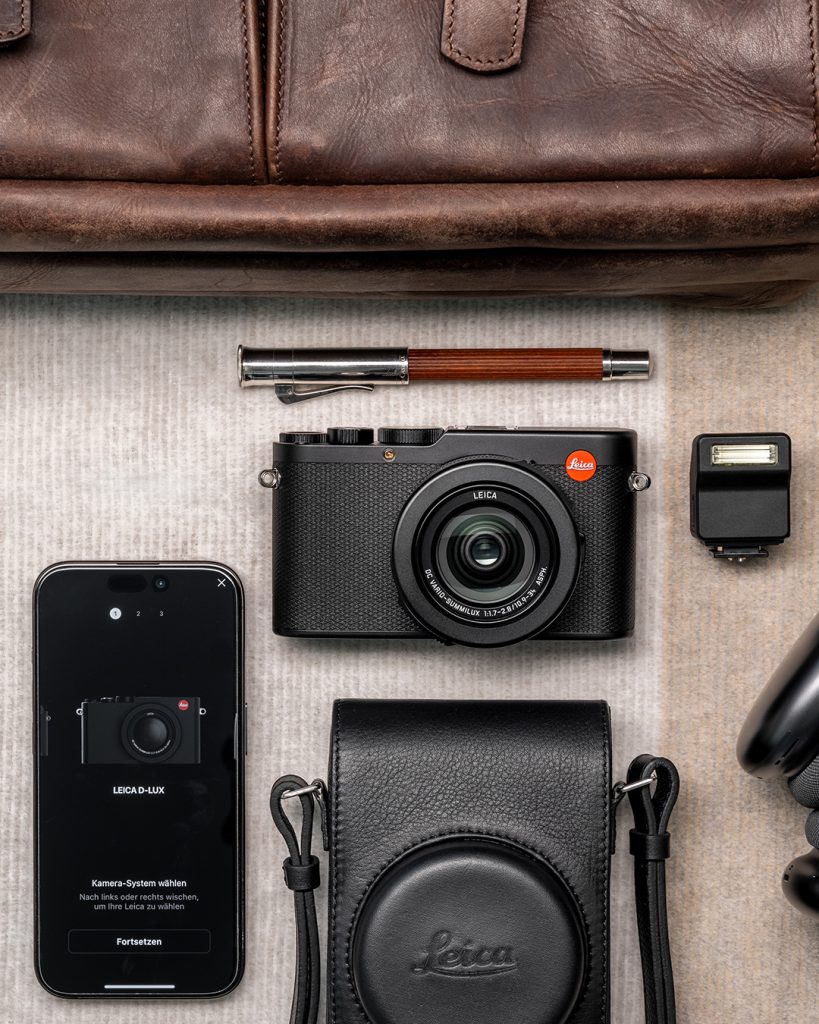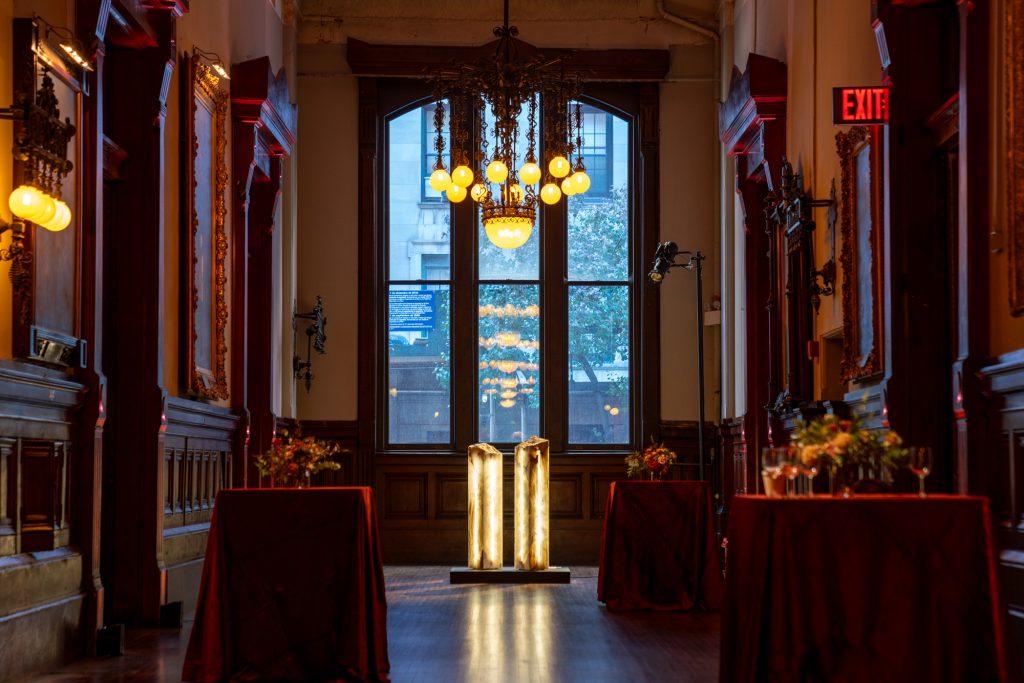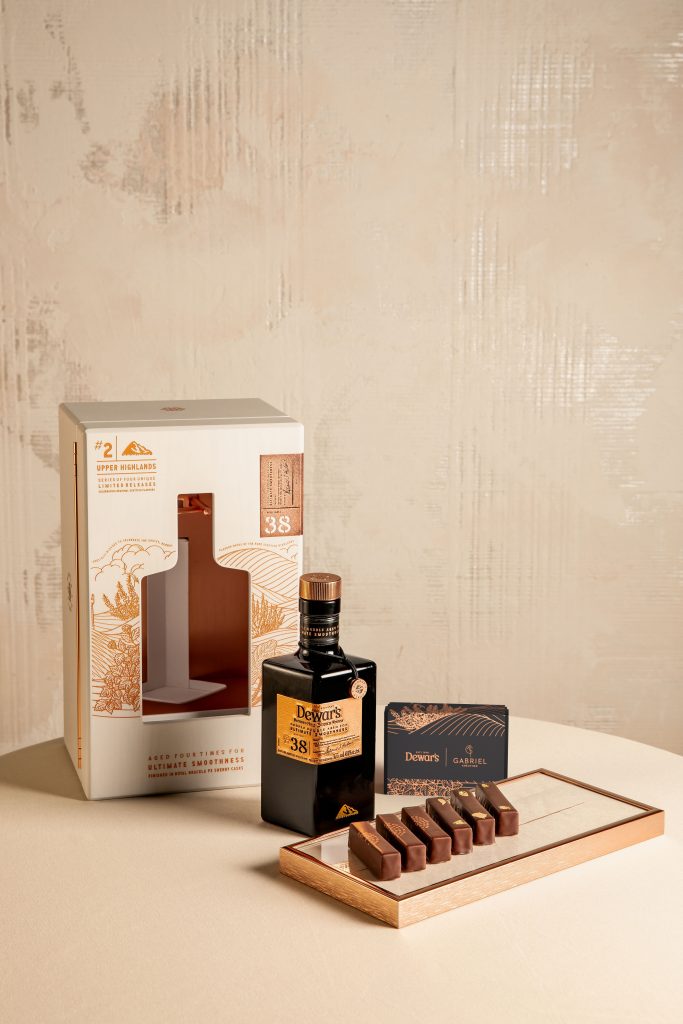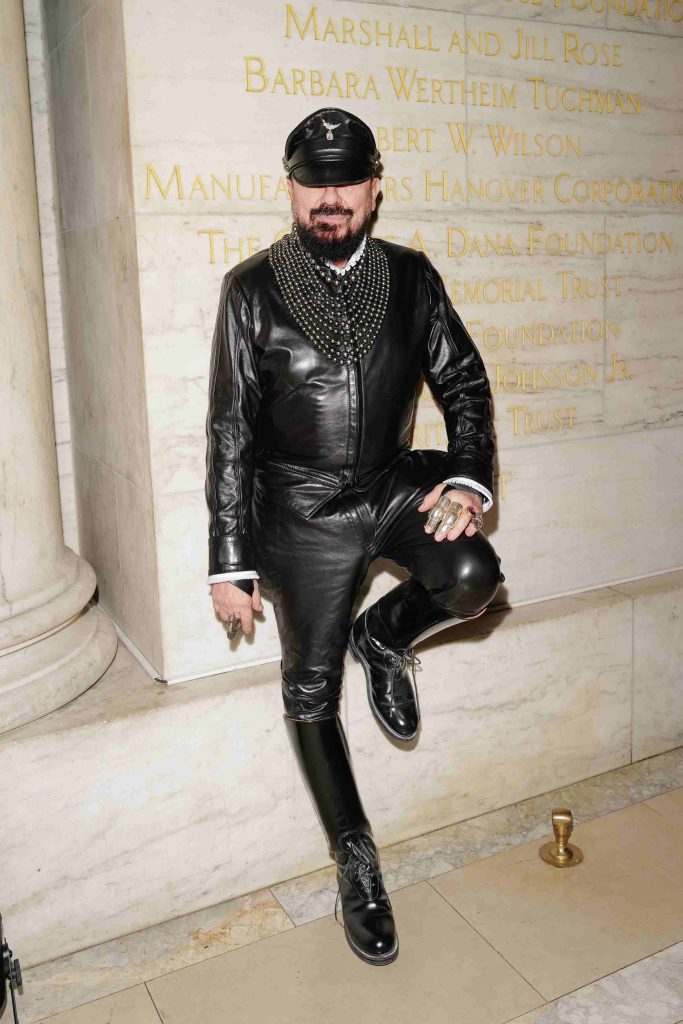Designing the Retrofuturistic 2024 Hyundai Ioniq 6
The brand’s chief designer SangYup Lee tells us about the much anticipated follow-up to the Ioniq 5

“I’m excited and nervous,” says SangYup Lee, Hyundai’s design chief and a star within the auto design world. “It’s been three years of hard work.” This is just before the silk slips off of his latest creation: the culmination of a thousand days of countless micro-decisions, renderings, adjustments, collaboration, effort and toil, all tucked under a veil in London’s Shoreditch Studios. The Ioniq 6 arrives on the heels of the Ioniq 5, which won the World Car of the Year for design, as well as overall World Car of the Year for 2022.

Hyundai says they simply can’t get enough to dealers, and are working with other markets to try and steer allocation to the US. Canada has customers on a waiting list. At least a large part of this success has to do with the first Ioniq model’s fresh, unique design. It’s a risk that paid off. And the Ioniq 6? It’s simply wild. Like the Ioniq 5, there’s nothing remotely close to it on the road.

Based on the sleek Prophecy concept shown in March 2020, the second of three announced Ioniq cars is as out there as the first. Lee and Simon Loasby, VP and head of Hyundai styling, tell us they looked to the streamliner cars of the ’30s and ’40s (specifically the 1936 Stout Scarab, ’38 Phantom Corsair and the ’47 Saab 92) and appreciate the timelessness of those designs. But the Ioniq 6 achieves a retro-futuristic look that could be peeled straight from the a Total Recall reboot.

Some might see a whisper of Porsche and Tesla (a little Taycan and Model 3 on the front-end, the rear spoiler evocative of the 964’s) here, another little play between classic and modern. Duality is something Lee especially appreciates, often referencing Jekyll and Hyde. “Even here in London, and in cities like Seoul, I love how the old and new—these two different sides can coexist together in harmony,” Lee says.
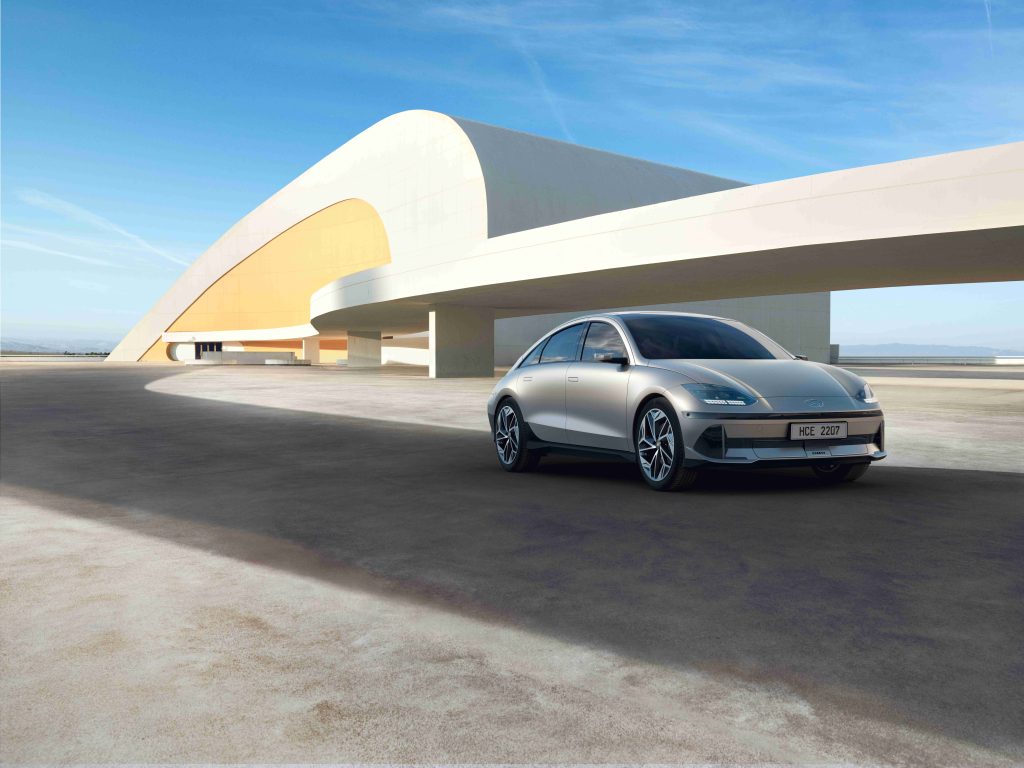
All Ioniq cars will be based on the Hyundai E-GMP dedicated electric platform. Working with a completely new architecture, truly designed without the requirements of an internal-combustion engine, has yielded a sense of possibility. “After 100 years, we’re getting to rethink design,” Lee tells us. “Not needing a grille for cooling functionally opens up the possibility of a greater lighting signature.” It has also led to a clean, wide front-end. There are six pixels on the front spoiler (Ioniq 7 will have seven), which indicate charging level when the car is plugged in.
The parametric pixel is the key design element of the Ioniq 6, and you can see it everywhere from the aforementioned front end, to the steering wheel, rear light bar, and rear spoiler deck lid, which also features a welcome greeting. In going for a timeless form, Lee says they wanted to maintain the single line and curvature of the roof from the concept. “Keeping the form more simple is a way to make the car ageless,” he says.
That line, along with a twin spoiler out back, help the Ioniq 6 achieve a slippery-sleek 0.21 “coefficient of drag” figure, an aerodynamic feat which helps extend battery range. The Ioniq 6 rides a little higher than the Prophecy concept, the realities of transferring this vision to a production skateboard platform, but the two-color tone with dark underbody draws the eye, and it serves as a way to reduce volume visually.

The interior fascinates as well. For starters, there’s no logo on the steering wheel. Lee explains that Hyundai’s chairman asked, if instead of placing a logo on the wheel (almost a default practice) they could do something that added value. A pixel light indicator on the wheel signals charge level, and at the press of a button, voice-recognition displays like a home AI system would.

Making a strong imprint is also interior signature lighting, which represents a fresh take on mood lighting. Twin screens molded as one unit serve for instruments and media, but some buttons (and thankfully a volume knob) remain. Some markets will have screens for the digital side mirrors, though the US-spec cars will have traditional mirrors to comply with existing regulations.
Rear passengers will benefit from the Ioniq 6 wheelbase, the longest in the segment. While the rear doesn’t get the same special design attention as the front, it’s absolutely cavernous.
If Hyundai represents the mainstream, and Genesis luxury, then Ioniq is to dare, and perhaps to sci-fi dream.
Images courtesy of Hyundai



